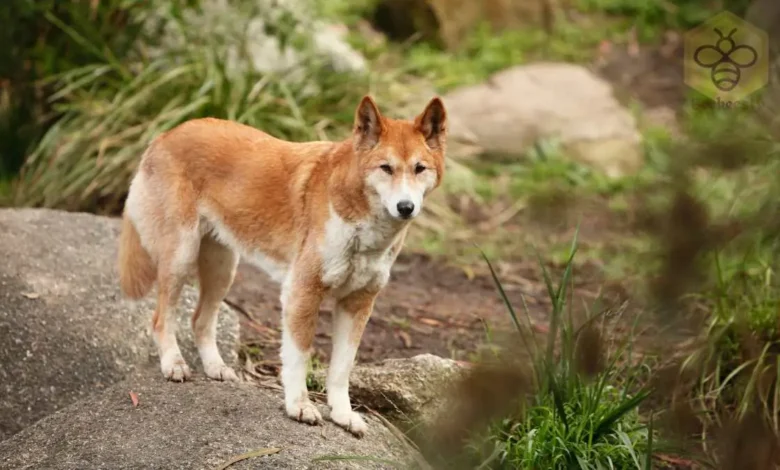Dingo: The Wild Dog of Australia

Dingo: The Wild Dog of Australia
Dingo
Introduction
The dingo is one of Australia’s most fascinating and controversial wild animals. Not quite a domestic dog and not exactly a wolf, the dingo is a wild canid that has roamed Australia’s landscapes for thousands of years. Known for its intelligence, adaptability, and cunning, the dingo holds an iconic place in Australian culture and ecology.
Scientific Overview
Scientific Name
Canis lupus dingo
Common Name
Dingo
Scientific Classification
Kingdom | Animalia |
Phylum | |
Class | |
Order | Carnivora |
Family | Canidae |
Genus | Canis |
Species | Canis lupus |
Subspecies | Canis lupus dingo |
Types
There are no official subspecies, but dingoes vary slightly in size and color across northern and southern Australia.
Habitat and Distribution
Dingos are found throughout Australia, especially in:
- Deserts
- Open forests
- Grasslands
- Coastal areas
They also exist in small numbers in parts of Southeast Asia.
Physical Characteristics
Size and Weight
- Length: 90–120 cm
- Height at shoulder: 50–60 cm
- Weight: 13–20 kg
Appearance
- Medium-length coat, usually golden-yellow or sandy, sometimes reddish or white
- Erect ears
- Bushy tail
- Lean, athletic body
Diet and Feeding Habits
Dingos are primarily carnivores and eat:
- Kangaroos
- Rabbits
- Birds
- Reptiles
- Occasionally, fruits and plants
They often hunt alone or in small packs, which helps increase their hunting success.
Predators and Threats
Dingos have no major natural predators in Australia. Their biggest threats are:
- Humans (trapping, shooting, poisoning)
- Habitat loss
- Hybridization with domestic dogs

Reproduction, Babies, and Lifespan
- Breeding season: March–June
- Gestation period: ~63 days
- Litter size: 4–6 pups
- Lifespan: 5–10 years in the wild; longer in captivity
Population and Conservation Status
Dingos are not globally endangered but face regional threats from:
- Hunting and control measures
- Habitat fragmentation
- Crossbreeding with dogs
Efforts are underway to conserve pure dingo populations.
Behavior and Lifestyle
- Dingos can be solitary or live in small family groups.
- They are clever, adaptable, and skilled hunters.
- Active during the day or night, depending on food availability and climate.
- Generally shy of humans, but can become bold near settlements.
Ecological Role
Dingos help control populations of herbivores like kangaroos and rabbits, maintaining ecological balance and reducing overgrazing.
FAQs About Dingo
- Can dingos be kept as pets?
While intelligent, dingos do not make good pets due to their wild instincts and need for space.
- Are dingos dangerous to humans?
They rarely attack humans but can become a risk if they lose their natural fear, especially near human settlements.
- Why are dingos important to the ecosystem?
They control prey populations, preventing overpopulation and maintaining healthy ecosystems.
- What are the biggest threats to dingos?
Human persecution, hybridization with domestic dogs, and loss of habitat.
- Where can you see dingos in the wild?
They can be seen across most of mainland Australia, particularly in remote desert and bush areas.
Conclusion
The dingo is one of Australia’s most important and iconic wild animals. With its sharp intelligence, adaptability, and crucial ecological role, it has survived for thousands of years, but now faces modern challenges like habitat loss and hybridization. Protecting pure dingo populations is not just about conserving a species, but about preserving Australia’s natural heritage.


